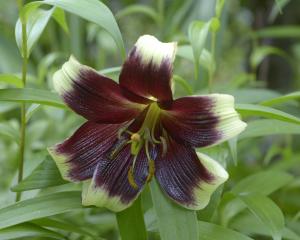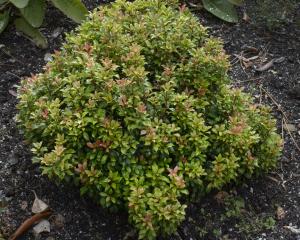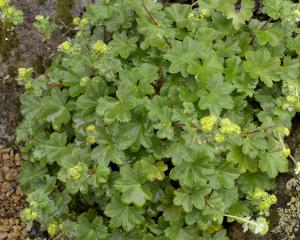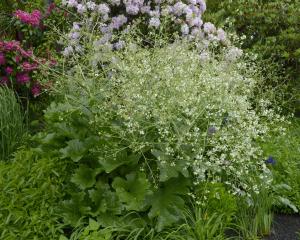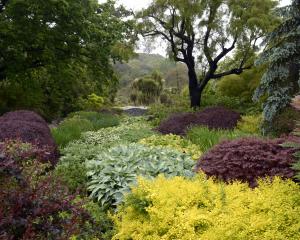The most common and vigorous species, the European Anemone nemorosa, thrives in moist, well-drained soil and partial shade typical of most woodland gardens.
Above ground, it has slender 15cm-30cm stems and finely divided leaves that appear in a carpet around the woody trees and shrubs overhead.
Sitting above the foliage, the starry white flowers have yellow centres and, en masse, brighten up the woodland understorey delightfully.
Although anemones look delicate, this is deceptive, as below ground they have fleshy, quite brittle rhizomes.
These advance through the soil in an interlocking mat that can engulf small shrubs and more delicate herbaceous plants.
However, their delicate effect fits those areas of the garden that do contain more dainty treasures, so it is a pity to exclude them.
The solution is to choose a less vigorous form, so in the peat garden in Dunedin Botanic Garden's Rhododendron Dell I have planted A. x lipsiensis (previously A. x seemanii).
A. x lipsiensis is a hybrid between A. nemorosa and A. ranunculoides.
The latter is a less invasive, small bright yellow species which in the wild grows in association with A. nemorosa and often hybridises naturally with it.
The result is A. x lipsiensis, similar in appearance but with pale yellow flowers and more respect for its neighbours.
-Doug Thomson is curator of the Rhododendron Dell at Dunedin Botanic Garden.







